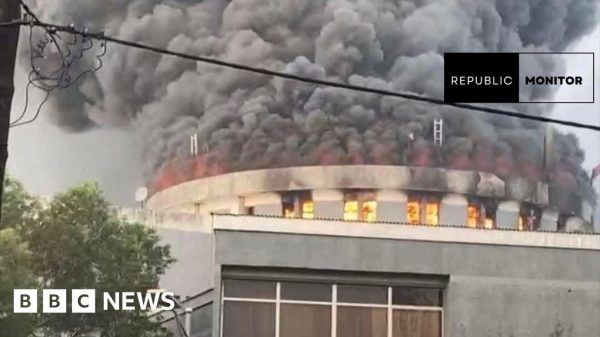The U.S. Air Force is intensifying its investigation into whether service members who worked with nuclear missiles have experienced unusually high rates of cancer. The decision to expand the study comes in response to reports of illness among those who served in roles related to nuclear missile operations. While the initial findings are not yet public, the Air Force has indicated that a more in-depth examination is warranted based on preliminary analyses.

“Air Force Expands Investigation into Cancer Rates Among Service Members Handling Nuclear Missiles”
The initial study, launched earlier this year, aimed to determine whether missileers—launch officers responsible for operating the nation’s silo-launched nuclear missiles—were exposed to unsafe contaminants, potentially leading to elevated cancer rates. Scores of current and former missile launch officers came forward with cancer diagnoses, prompting the Air Force to conduct a comprehensive review.
The study involves an extensive examination of the entire missile community, encompassing not only missileers but all personnel who supported the intercontinental ballistic missile (ICBM) mission. Three nuclear missile bases—Malmstrom Air Force Base in Montana, Minot Air Force Base in North Dakota, and F.E. Warren Air Force Base in Wyoming—underwent rigorous testing of air, water, soil, and surface areas.
While the Air Force reported that none of the more than 2,000 samples from the Montana and Wyoming bases showed harmful levels of contamination in air, water, or soil, unsafe levels of polychlorinated biphenyls (PCBs) were detected in four locations within the underground launch control capsules at these sites. PCBs are recognized by the Environmental Protection Agency as a likely carcinogen.
Despite the assurance that current environmental conditions appear safe, questions linger about the potential historical exposure of earlier missile launch officers. The infrastructure, including silos and underground control capsules, dates back to the 1960s, and updates have been limited. Col. Tory Woodard, commander of the U.S. Air Force School of Aerospace Medicine, emphasized the challenge of quantifying past exposure but highlighted the importance of the data to inform potential risks.
To address the historical aspect, the Air Force is expanding its review of medical records to encompass service members who worked with military nuclear missiles going back to 1976. This expanded dataset will include Department of Veterans Affairs data and state cancer registries, aiming to create a comprehensive profile of potential exposures.
The investigation underscores the military’s commitment to the health and well-being of its personnel, especially those in roles associated with sensitive and high-stakes operations. As the study progresses, the Air Force aims to provide clarity on the potential health risks faced by service members involved in nuclear missile operations over the years.
















